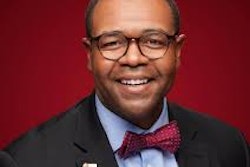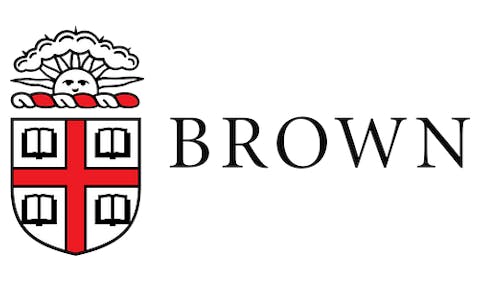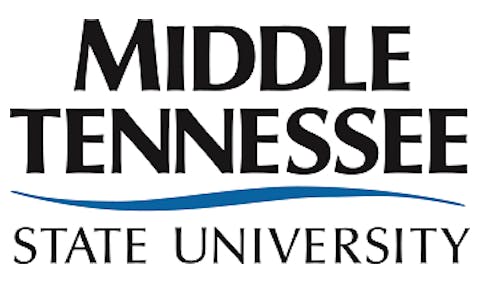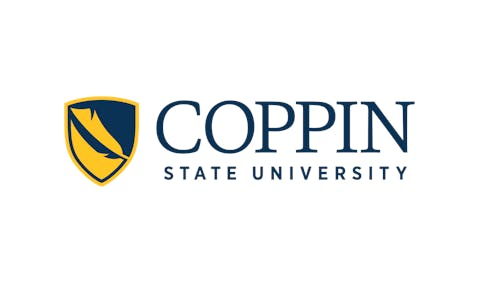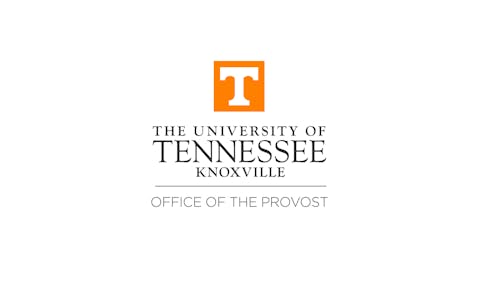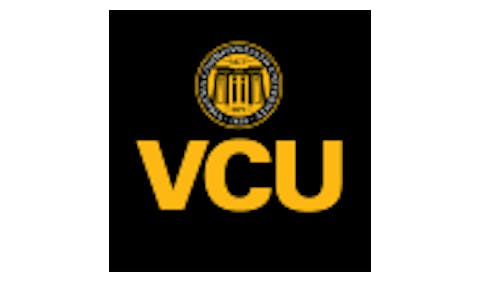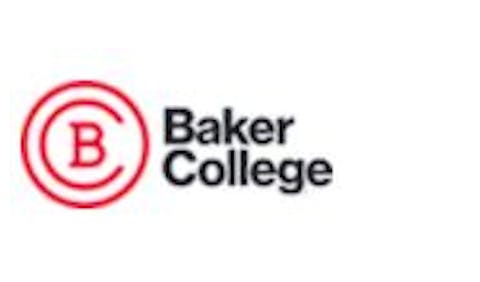President Donald J. Trump's most recent executive order, aimed at exerting control over America’s public schools, directly conflicts with the U.S. Code, which Dr. Phelton Moss
Dr. Phelton Moss
Historically, curriculum decisions in the United States have been the responsibility of state governments, with states setting their own educational standards. This framework has allowed for local control over what children are learning in schools. A perfect example of this tension can be seen in the debates surrounding the Common Core Standards. While proponents argued for a unified national expectation to ensure a baseline of academic achievement, it was Republicans who led the charge against a standardized, one-size-fits-all approach. They vigorously opposed any efforts to impose federal mandates on what students should learn, citing the U.S. Code’s prohibition of federal interference in local education systems. This historical pushback against federal overreach served to preserve the principle of state and local control over curriculum—something that is now being threatened by the current administration’s latest executive order. Dr. Jonathan Becker
Dr. Jonathan Becker
The Trump administration’s attempt to assert influence over the day-to-day operations of state and local education systems marks a troubling shift in policy—one that undermines local control and threatens to centralize power in ways that could hinder the educational autonomy of communities across the nation. The great irony in the EO is that it is titled “Ending Radical Indoctrination in K-12 Education” while including a whole section about the need to indoctrinate students in the loosely articulated framework of “patriotic education.” At a time when Republicans are insisting on parental rights to determine what their kids experience in schools, a call for the ultimate in local control, the centralization of control outlined in the EO should be a non-starter.
To make matters worse, the President’s executive order threatens to place undue financial strain on our nation’s classrooms. By threatening to withhold crucial funds tied to compliance with this directive, the administration risks undermining the very resources that schools rely on to ensure students are educated every day. Teachers, who are already stretched thin, will be further burdened, and students—especially those in underserved communities—will suffer the consequences. The financial stability of our public schools, which are the backbone of our educational system, should never be weaponized for political agendas, and yet this executive order appears to do just that, further destabilizing an already fragile system.
In addition to running afoul of the U.S. Code and a historical commitment to local control, there are other legal infirmities in the EO, including inconsistency with federal case law on transgender student bathroom policy. There is also no shortage of cruelty and discrimination written into the EO. Generally, though, the bad consequences of this executive order cannot be overstated. By disregarding both the law and the values that have guided American education for generations, the administration is threatening the very foundation of our public school system. The federal government has no place dictating the curriculum or withholding funds to force compliance with an overreaching agenda. Local communities, not distant policymakers, should have the authority to decide what is best for their students. It is time for Congress to step in and restore the balance of power, ensuring that education remains a matter for local control and that our schools are funded and supported to educate every child to their fullest potential. The future of our students—and the health of our democracy—depends on it.
Dr. Phelton Moss is an assistant professor of Educational Leadership & Policy and Affiliate Faculty Member at the Douglas S. Wilder School of Government and Public Affairs at Virginia Commonwealth University
Dr. Jonathan Becker is an associate professor of educational leadership at Virginia Commonwealth University specializing in educational law, policy, and technology.








